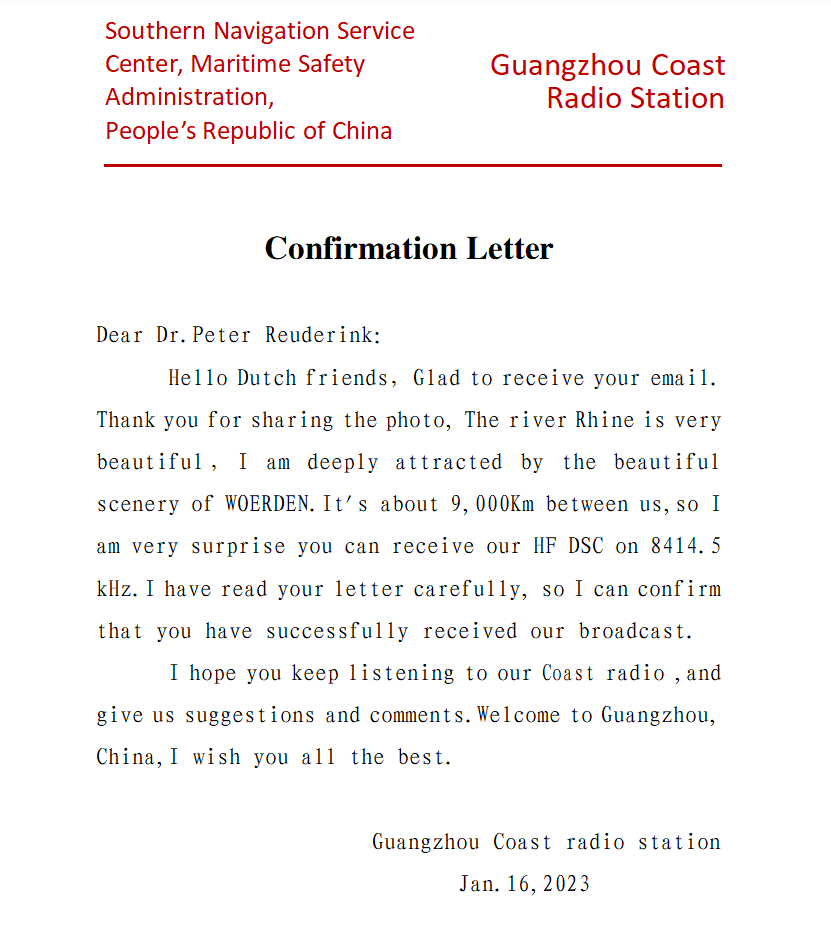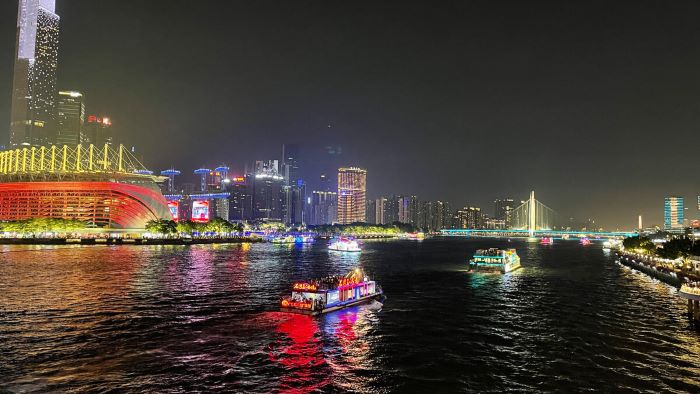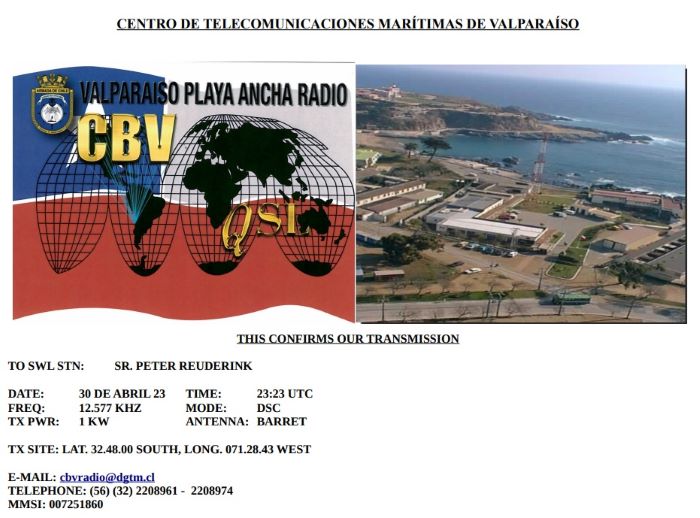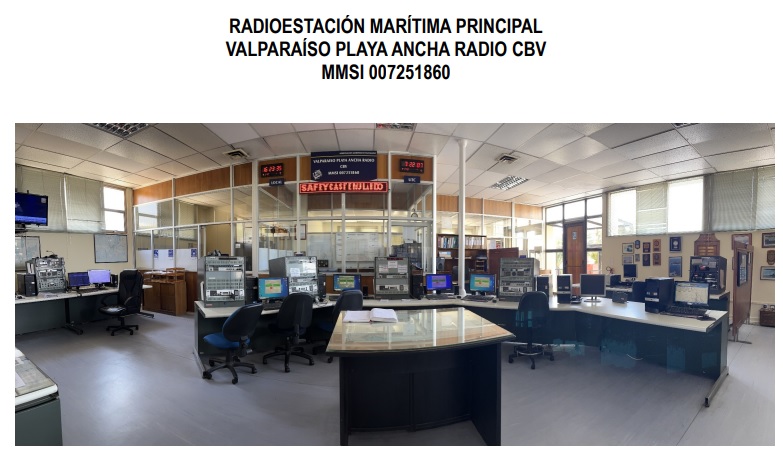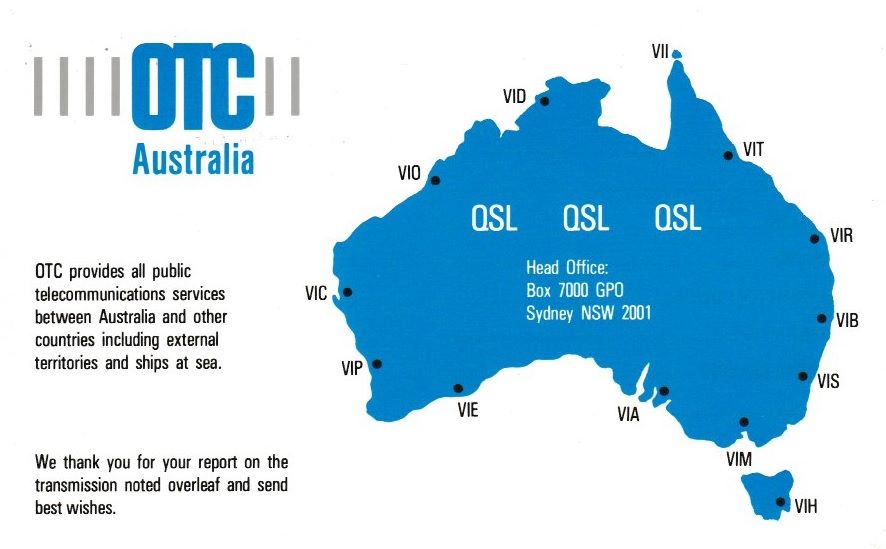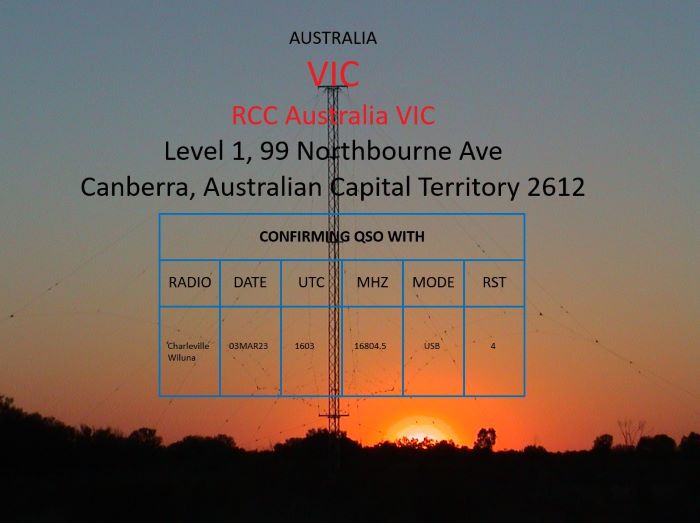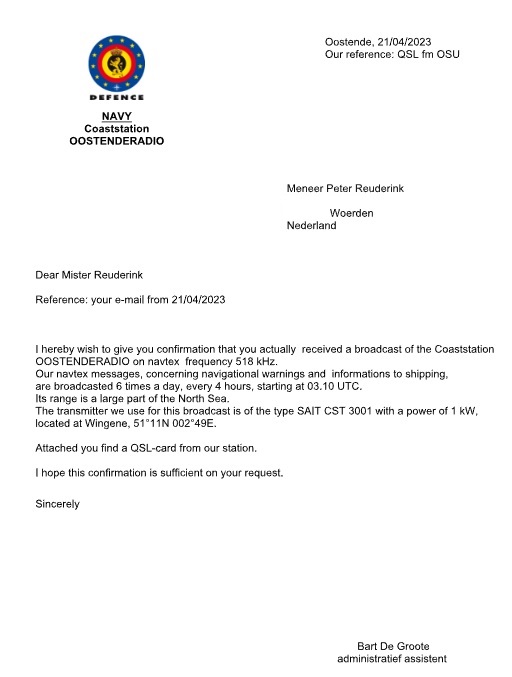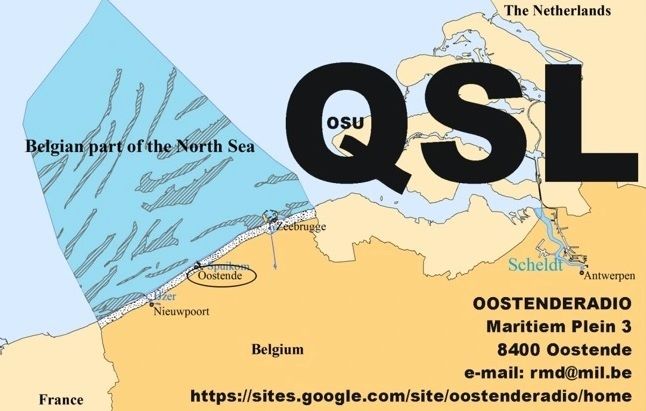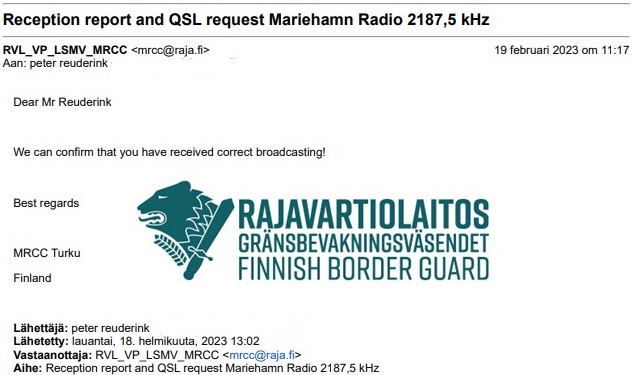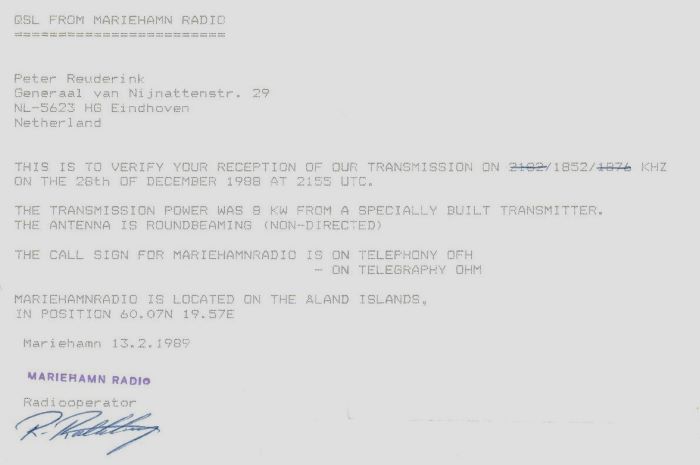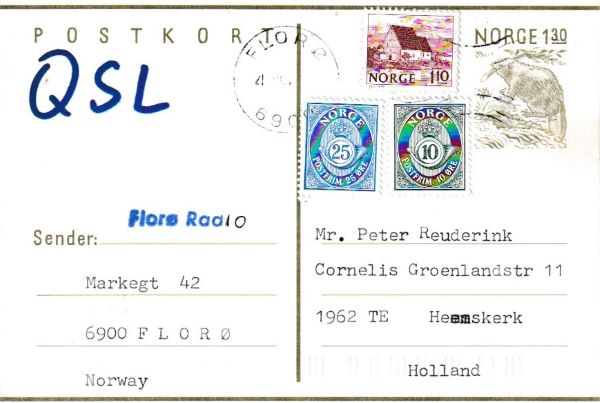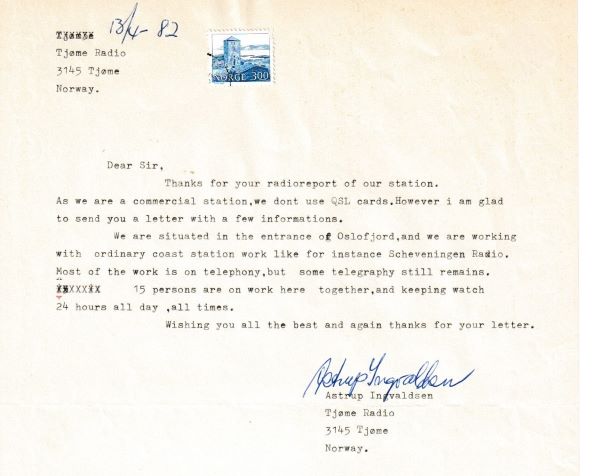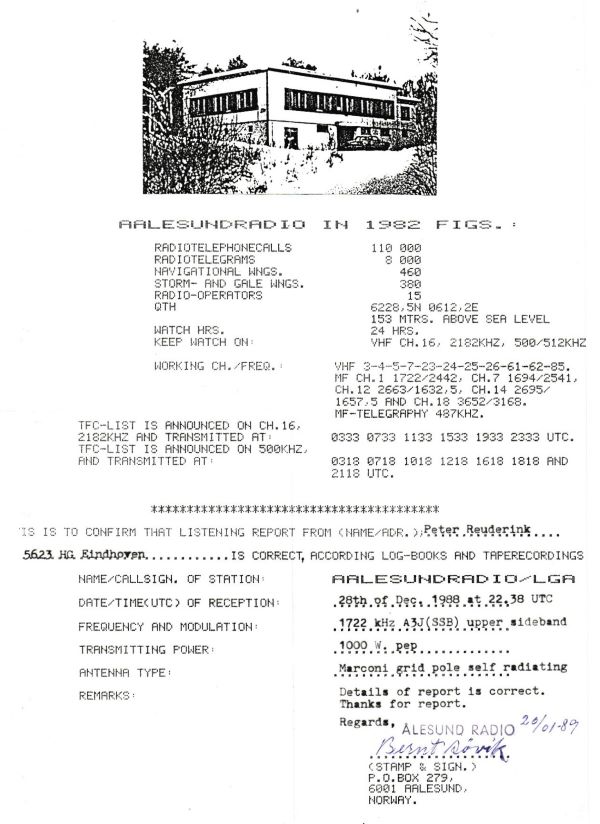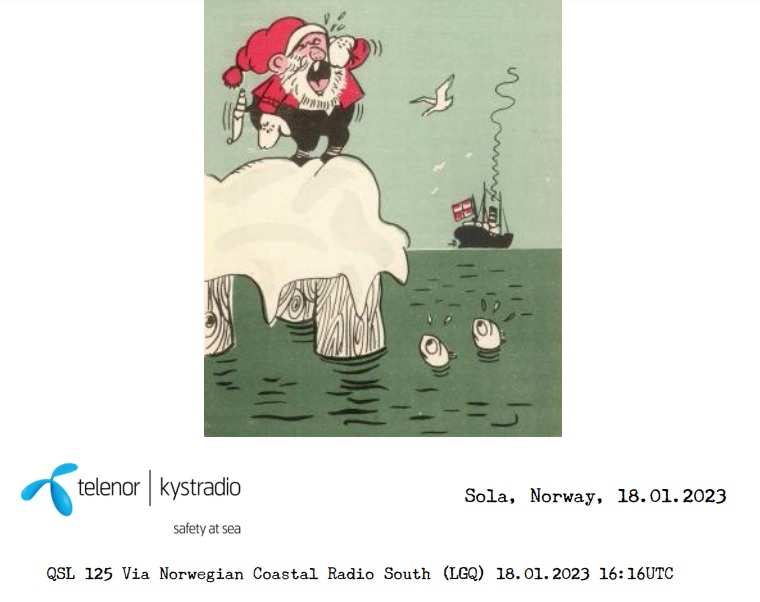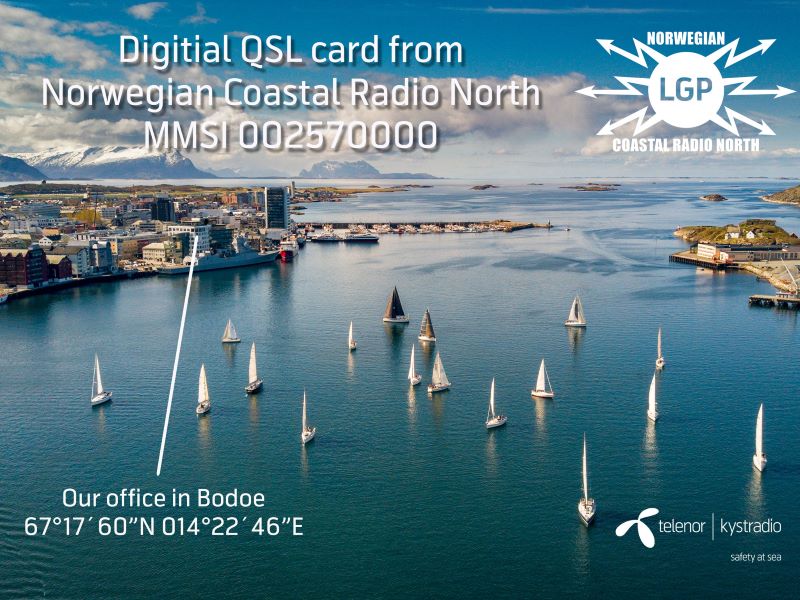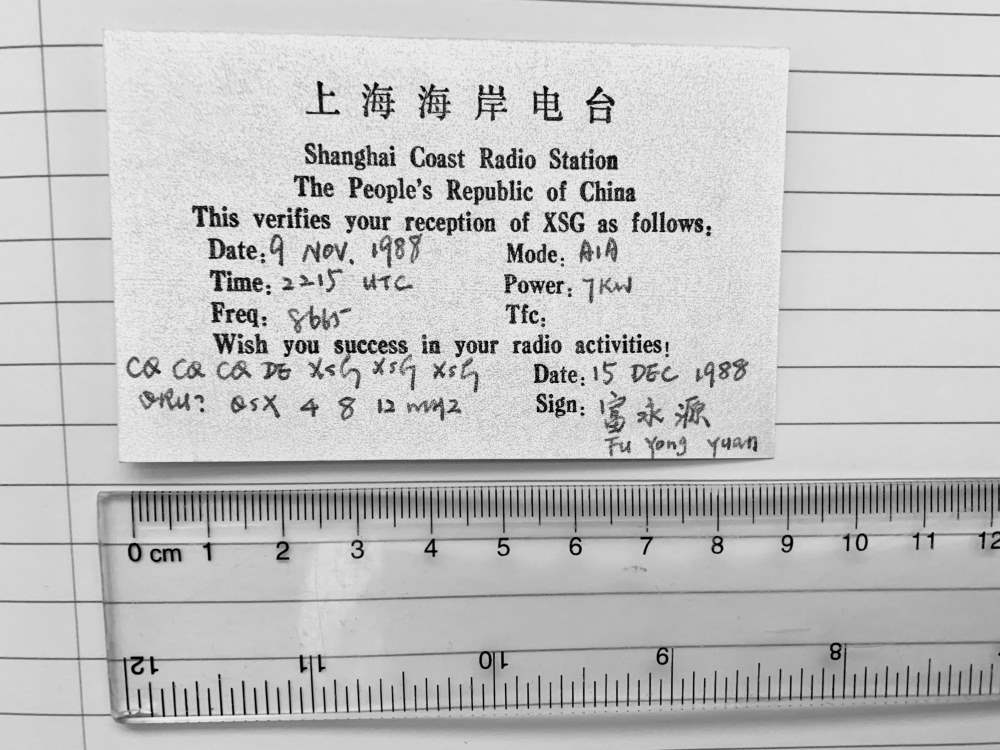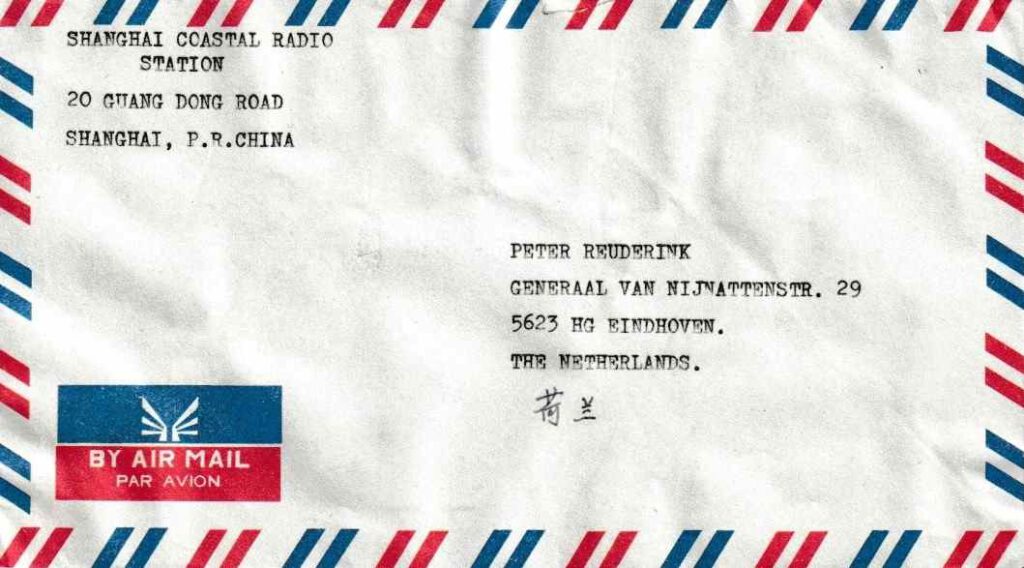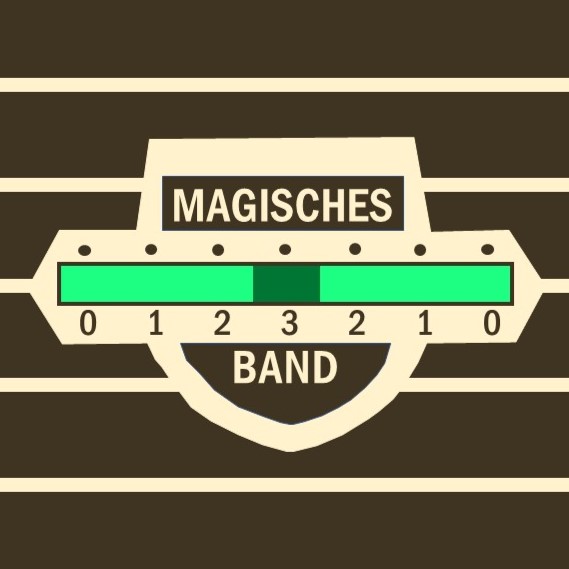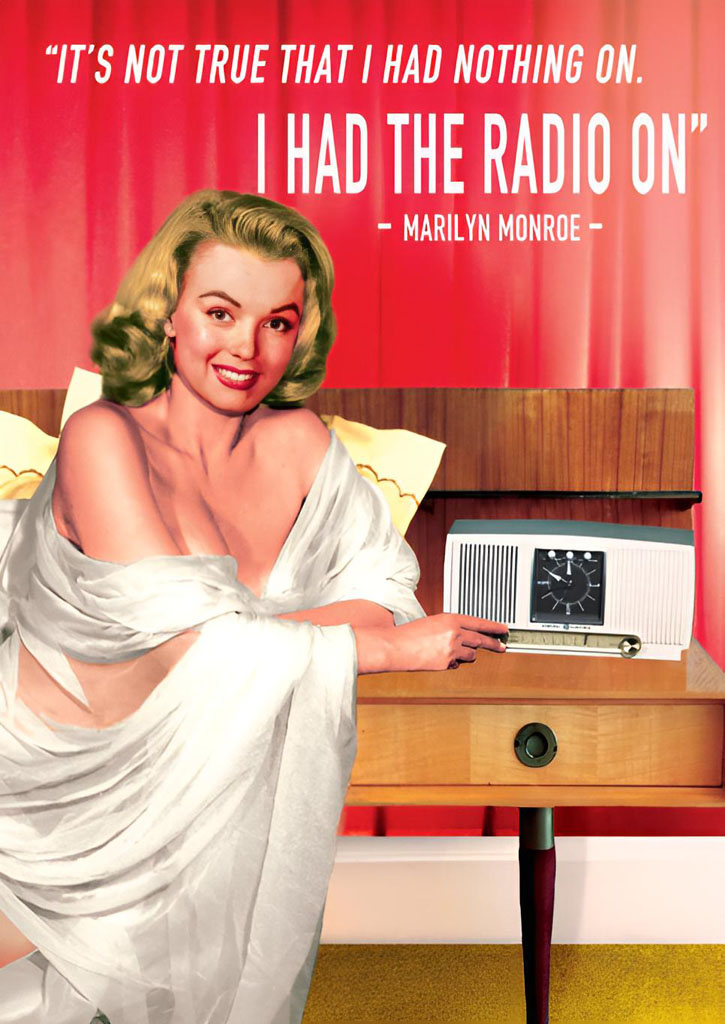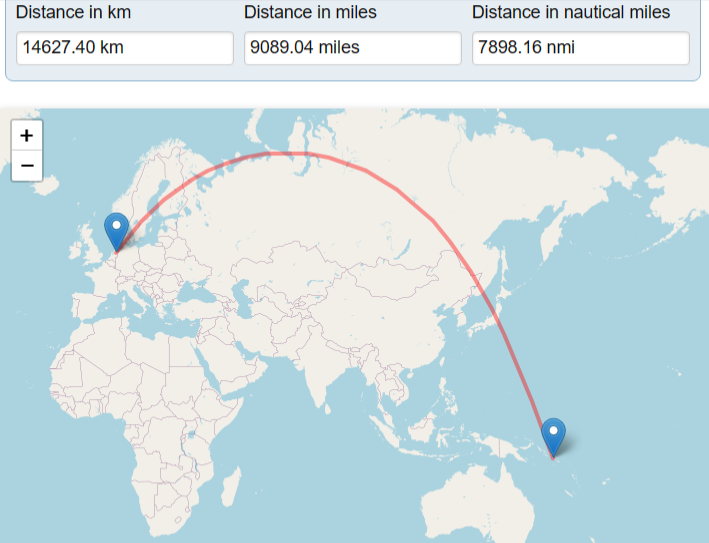
Soon after my return to the hobby a couple of months ago I picked up my interest for maritime radio as well. Thirtyfive years ago I received stations in morse code with CW and VVV markers. This allowed me to to QSL countries that were almost out of reach otherwise: D4A Cabo Verde, P2M Port Moresby, 3DP Suva…
But CW is gone, and DSC is what we got in return. And during the winter months I managed a couple of nice receptions on 2187.5 kHz in particular like Aasiaat Radio. But on the higher frequencies I was less successful, apart from nice catches like Charleville/Wiluna and Valparaiso. Despite the distance those stations are quite common however.
But since last week conditions are great. In the community I see DSC loggins from all over the world were made in Europe. My personal best catch was Honiara Radio from the Solomon Islands, the reception looked like this with the YADD decoder:
TIME: 2023-06-26 06:16:21 FREQ: 12577.0 DIST: — Km
SYMB: 120 120 053 080 008 005 030 108 000 055 070 000 010 118 126 126 126 126 126 126 126 122 107 122 122
FMT: SEL
CAT: SAF
TO: SHIP,538008053,???
FROM: COAST,005570001, UNID
TC1: TEST
TC2: NOINF
FREQ: —
POS: —
EOS: ACK
cECC: 107 OK
And yes, it read UNID. But the DSC community made me aware that 005570001 is MRCC Honiara, Solomon Islands! The ship contacted was a bulk carrier “Golden Pearl” on the Coral Sea. The emails are out, letters soon to be followed. Let’s see if I can QSL this one!

